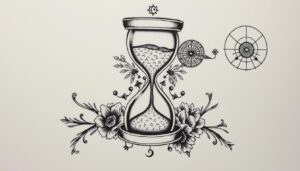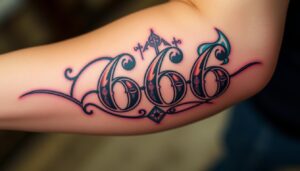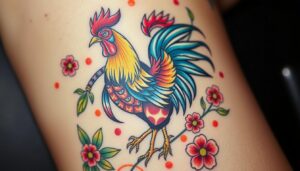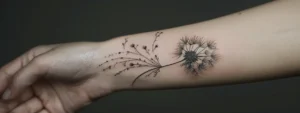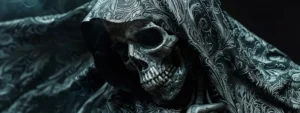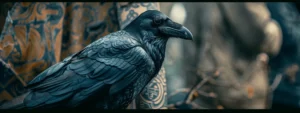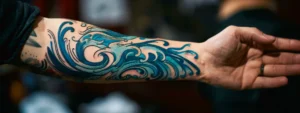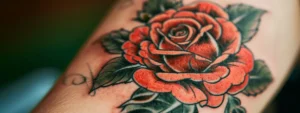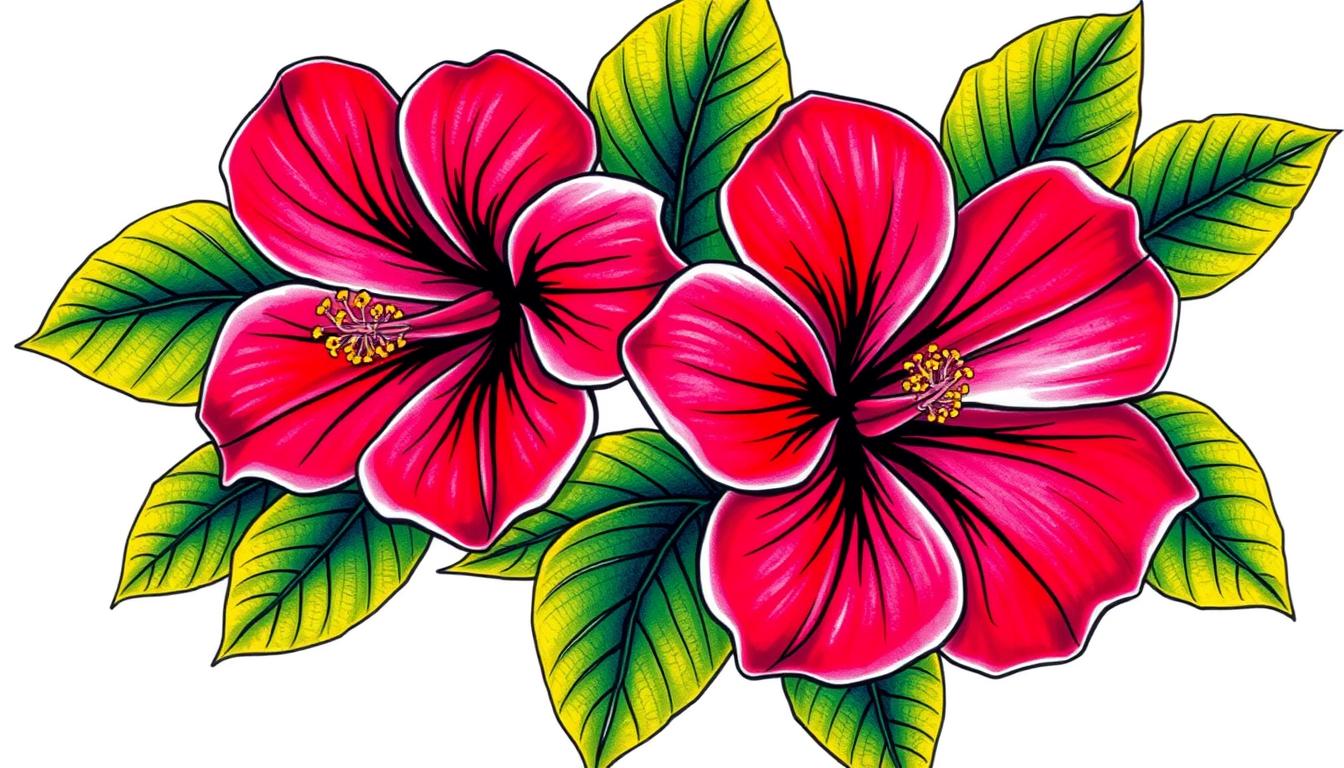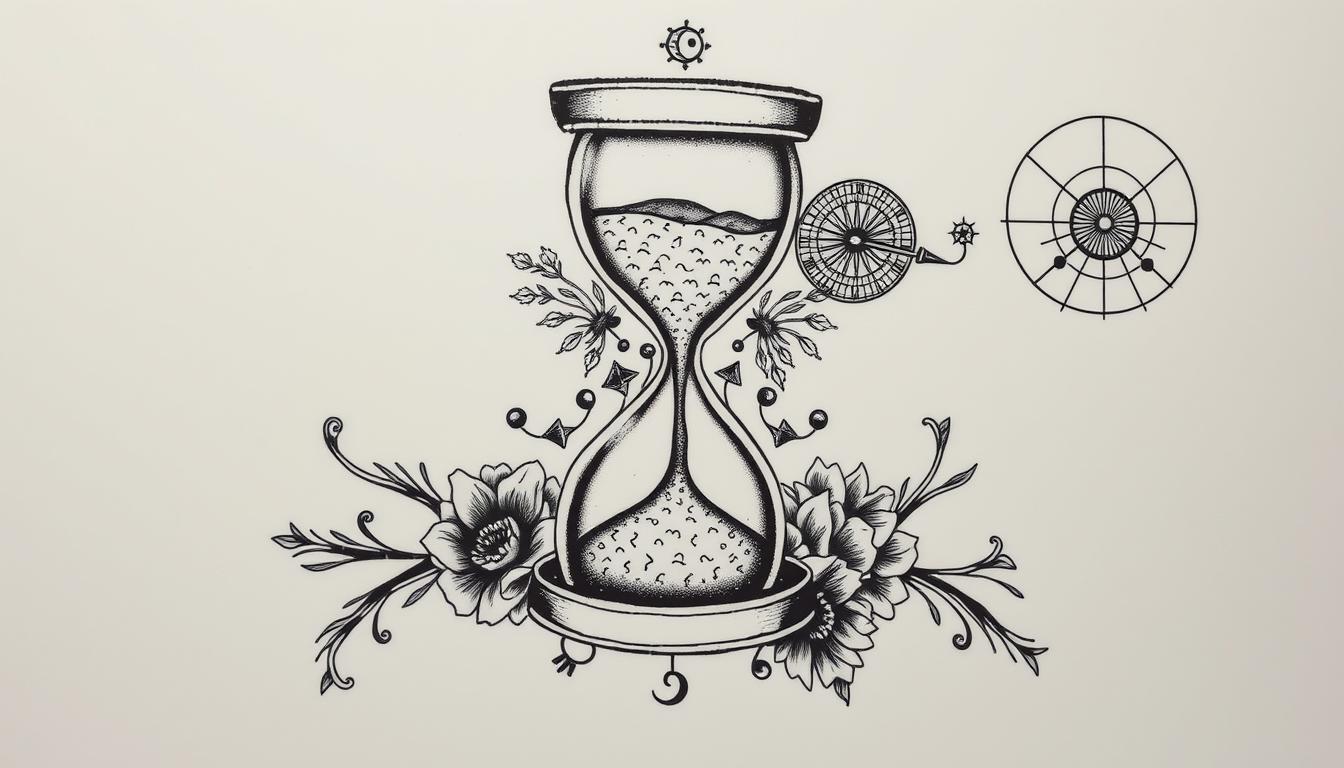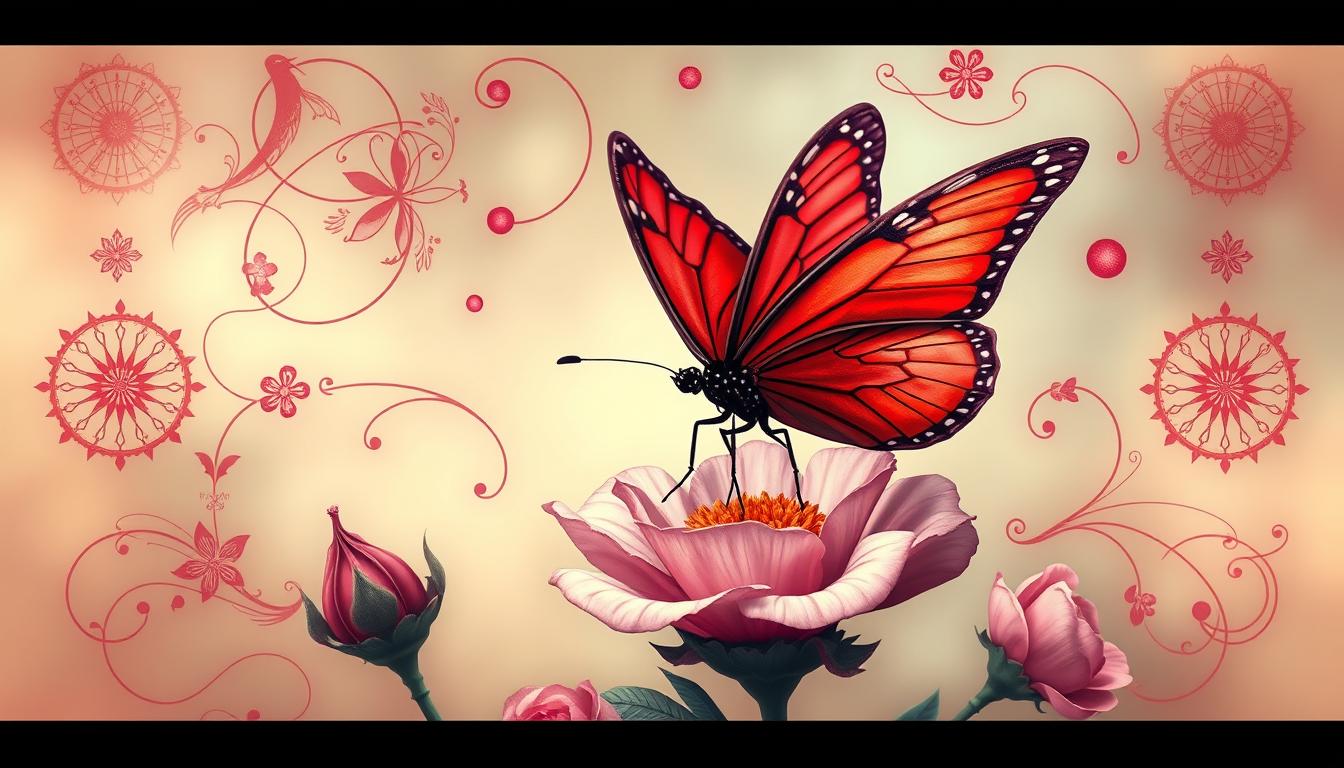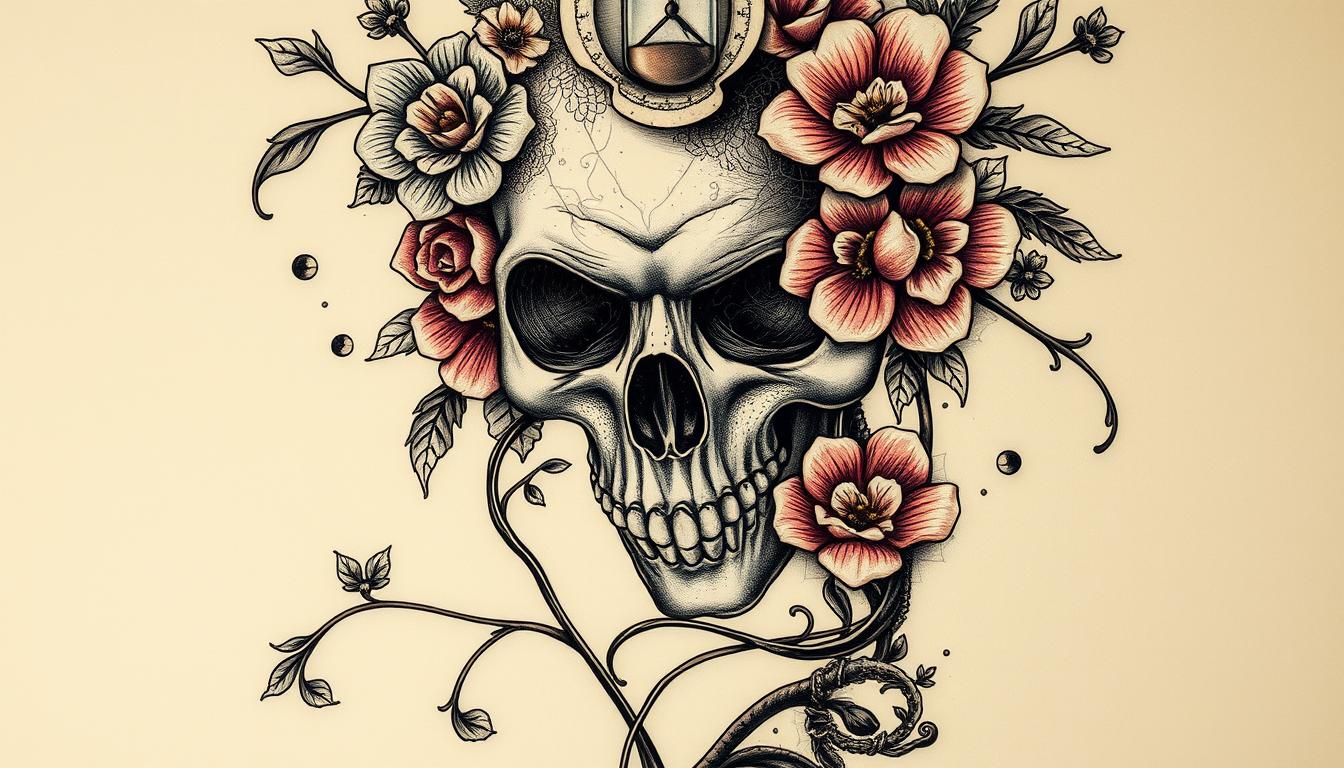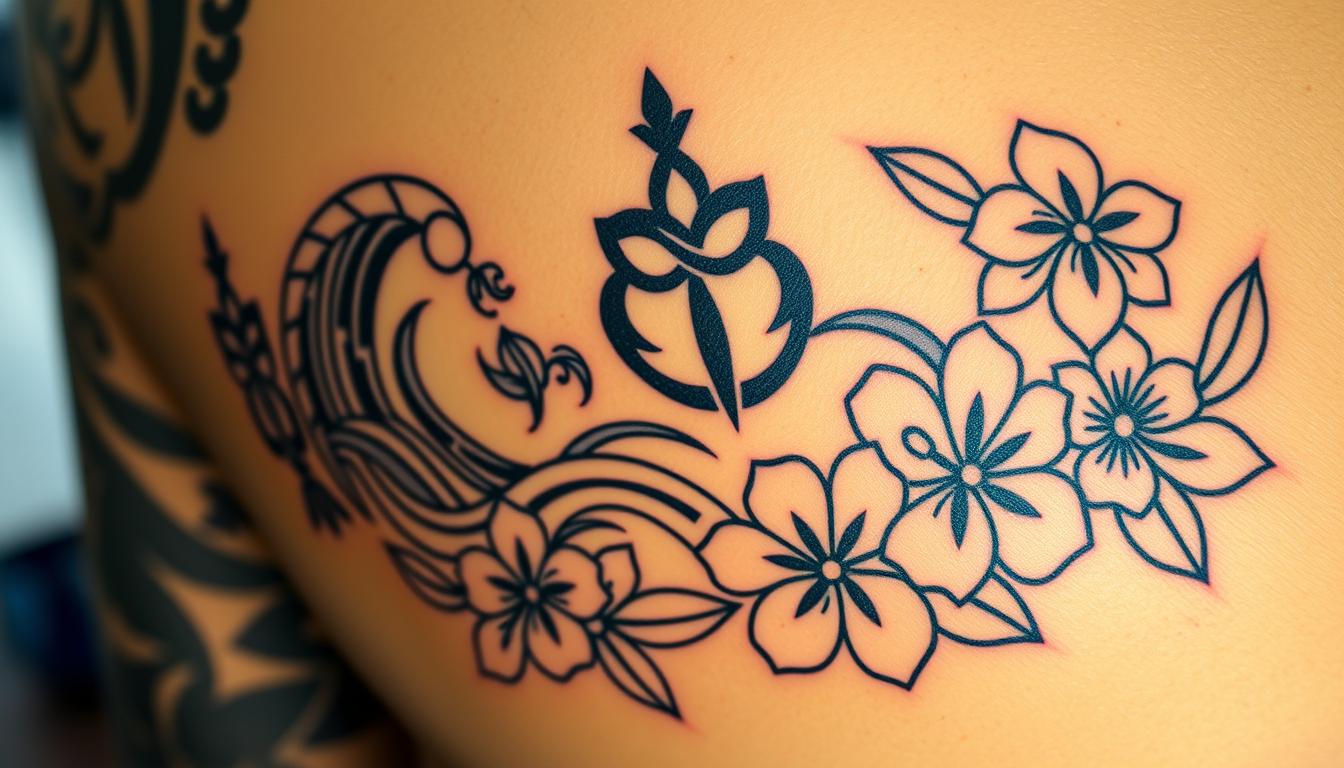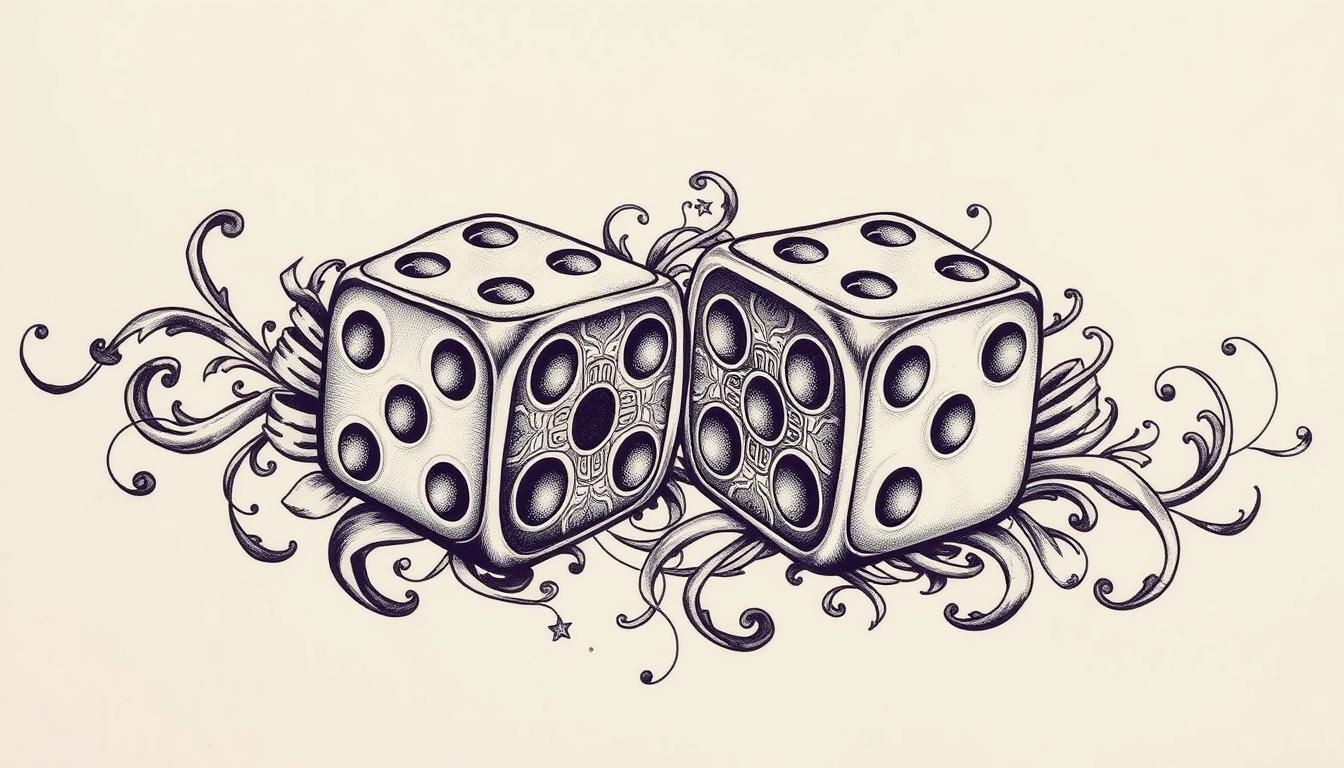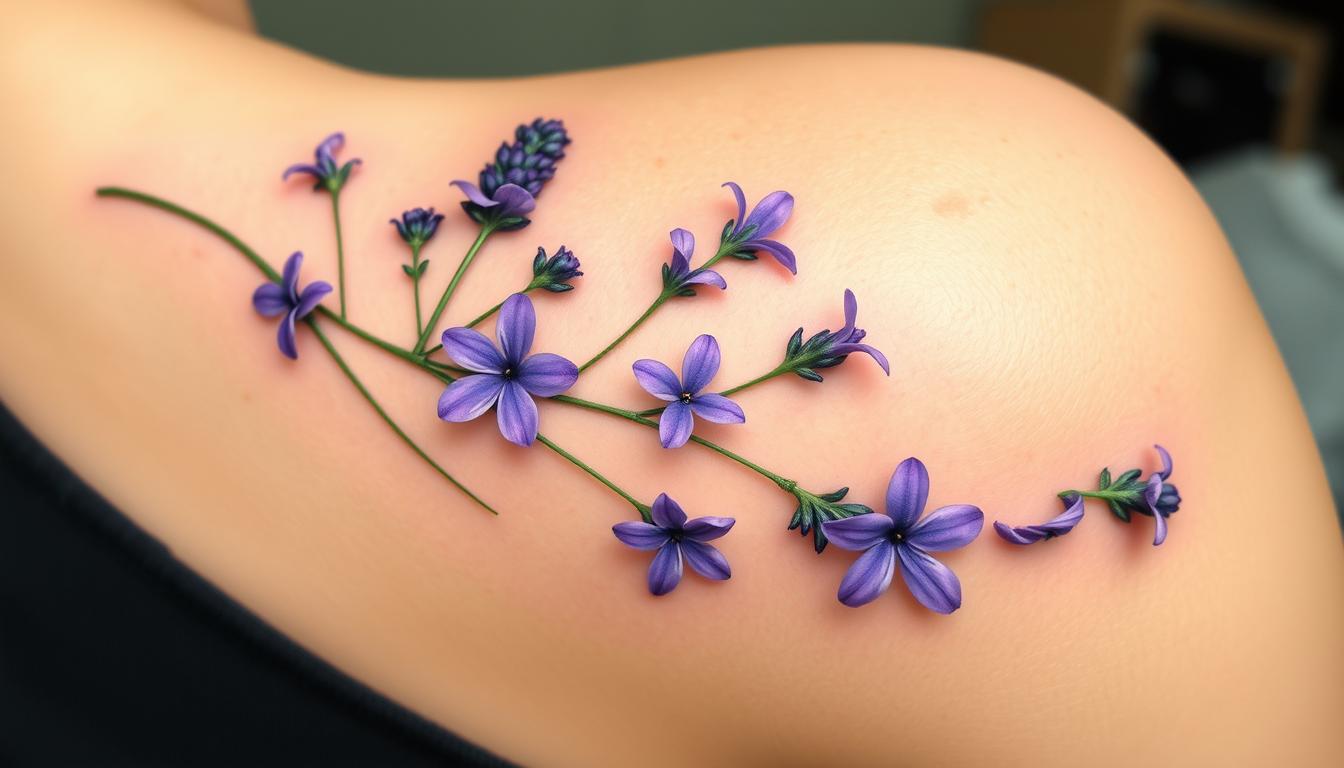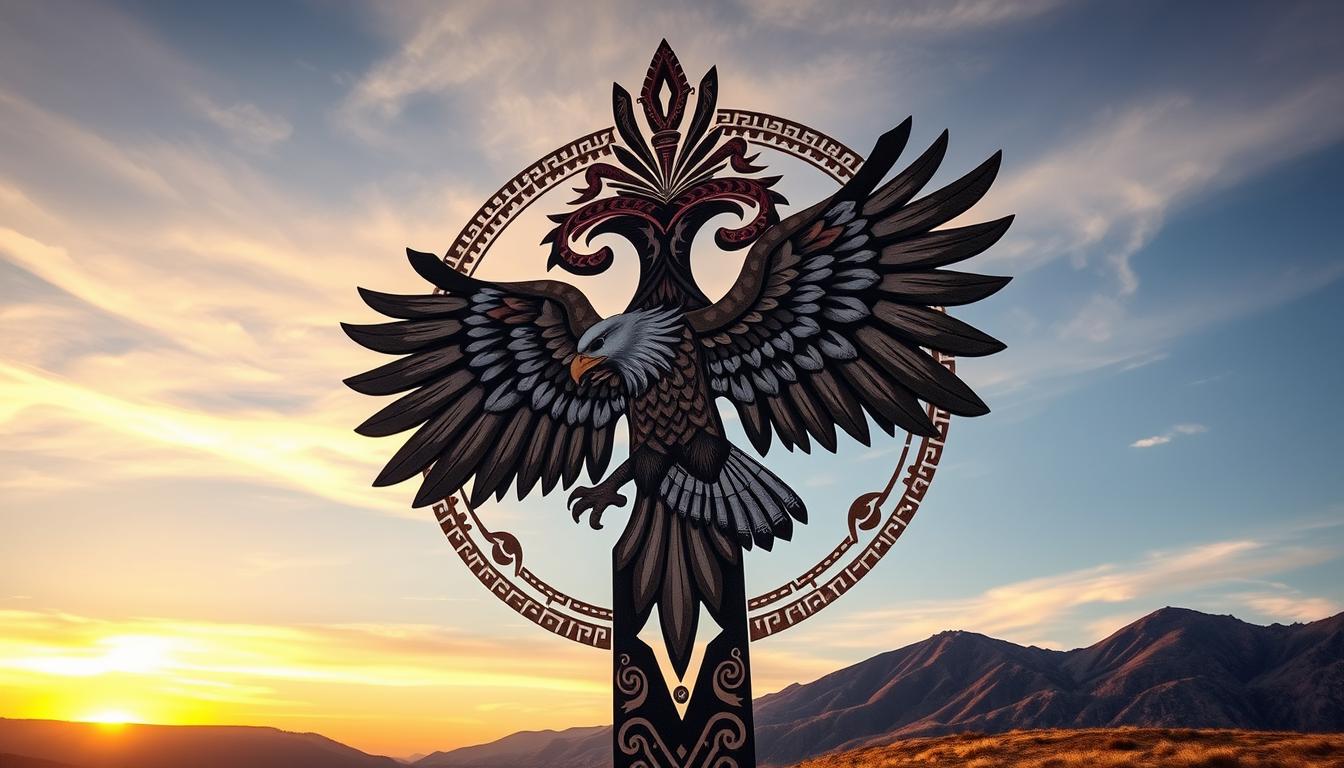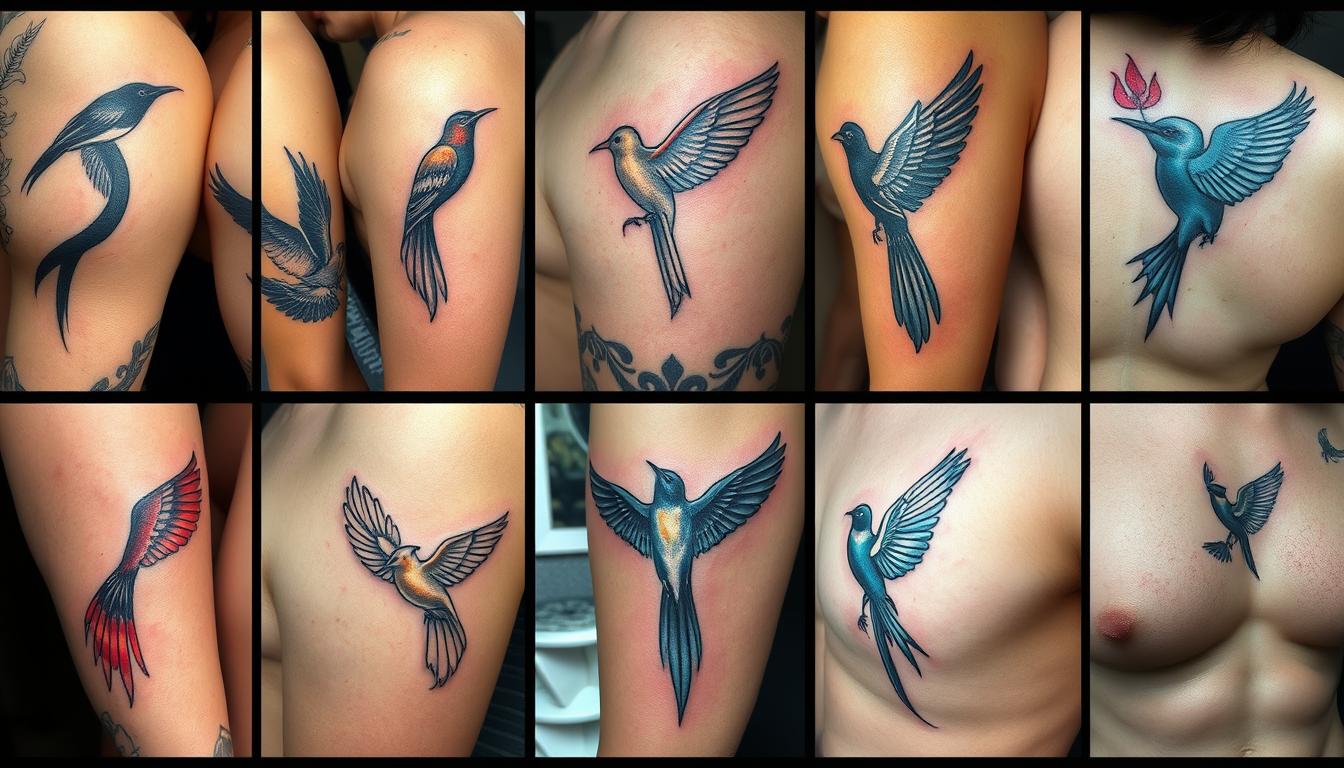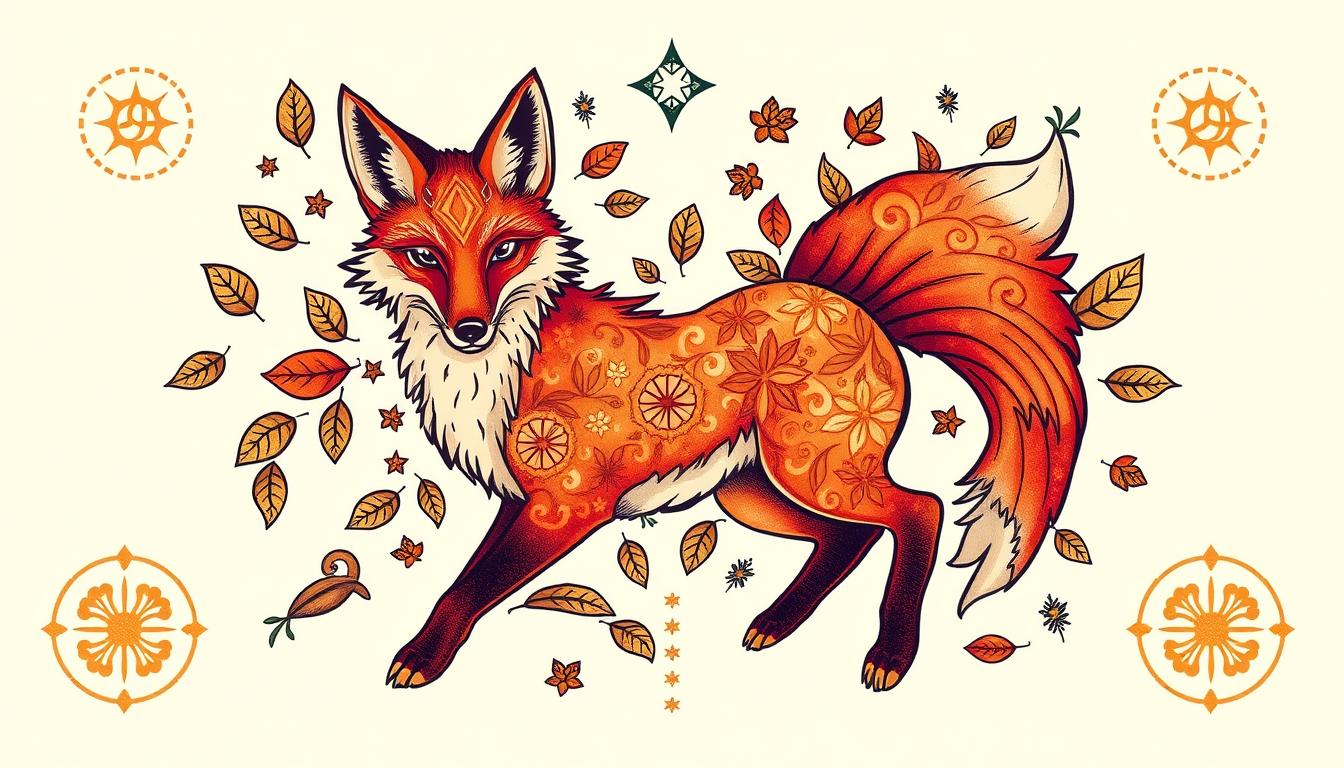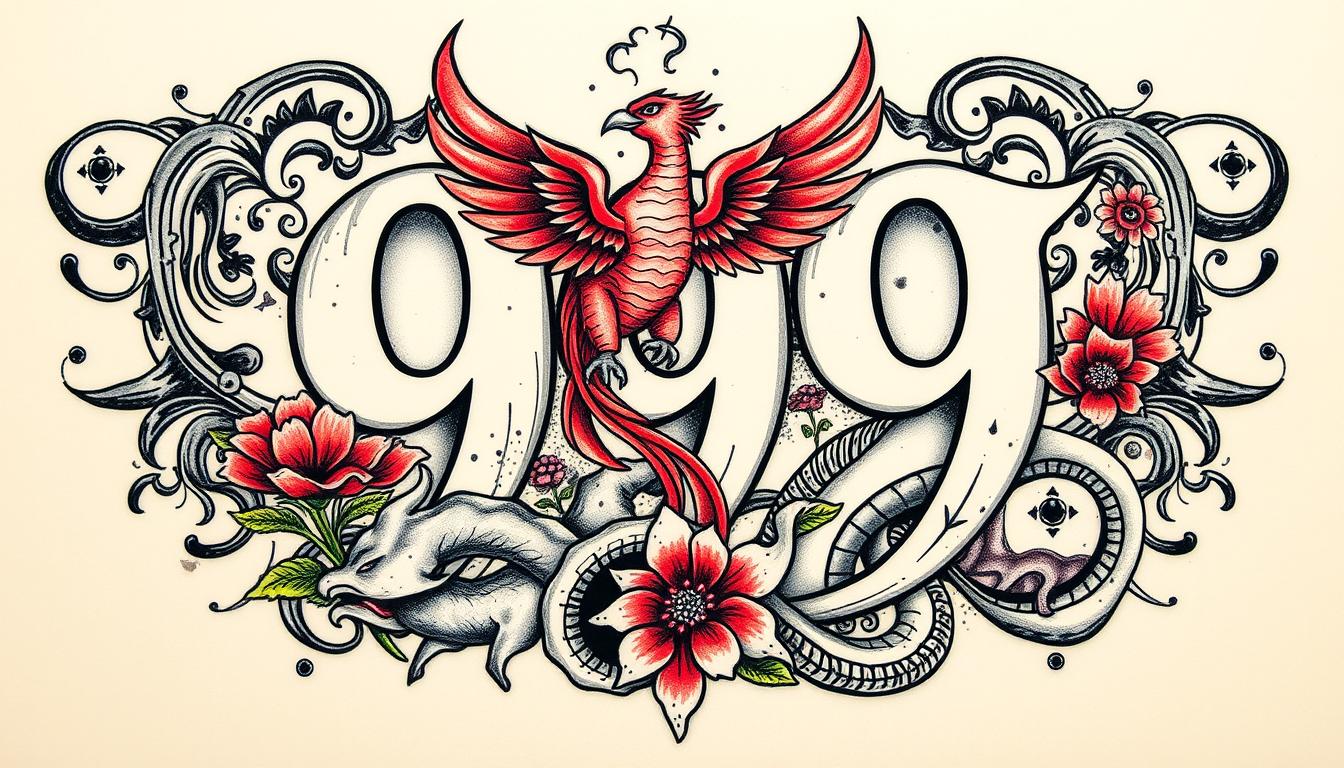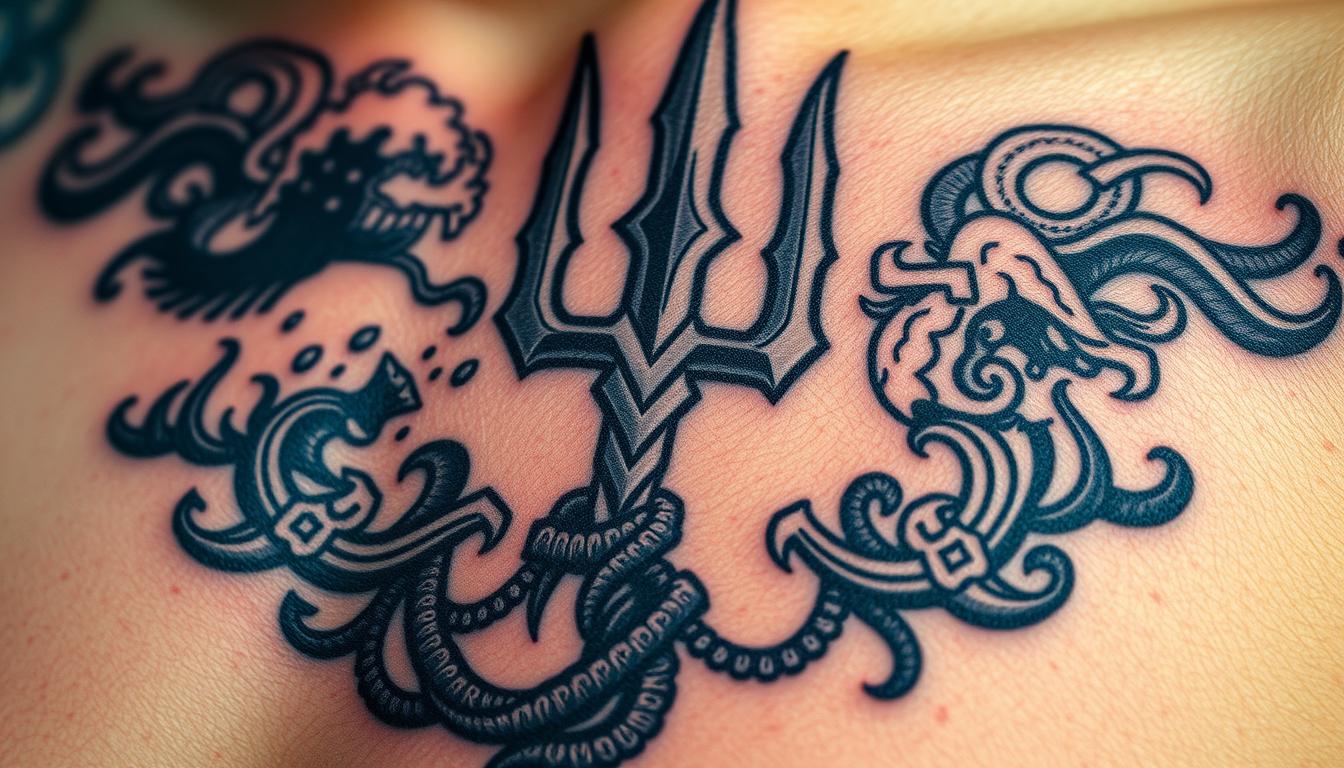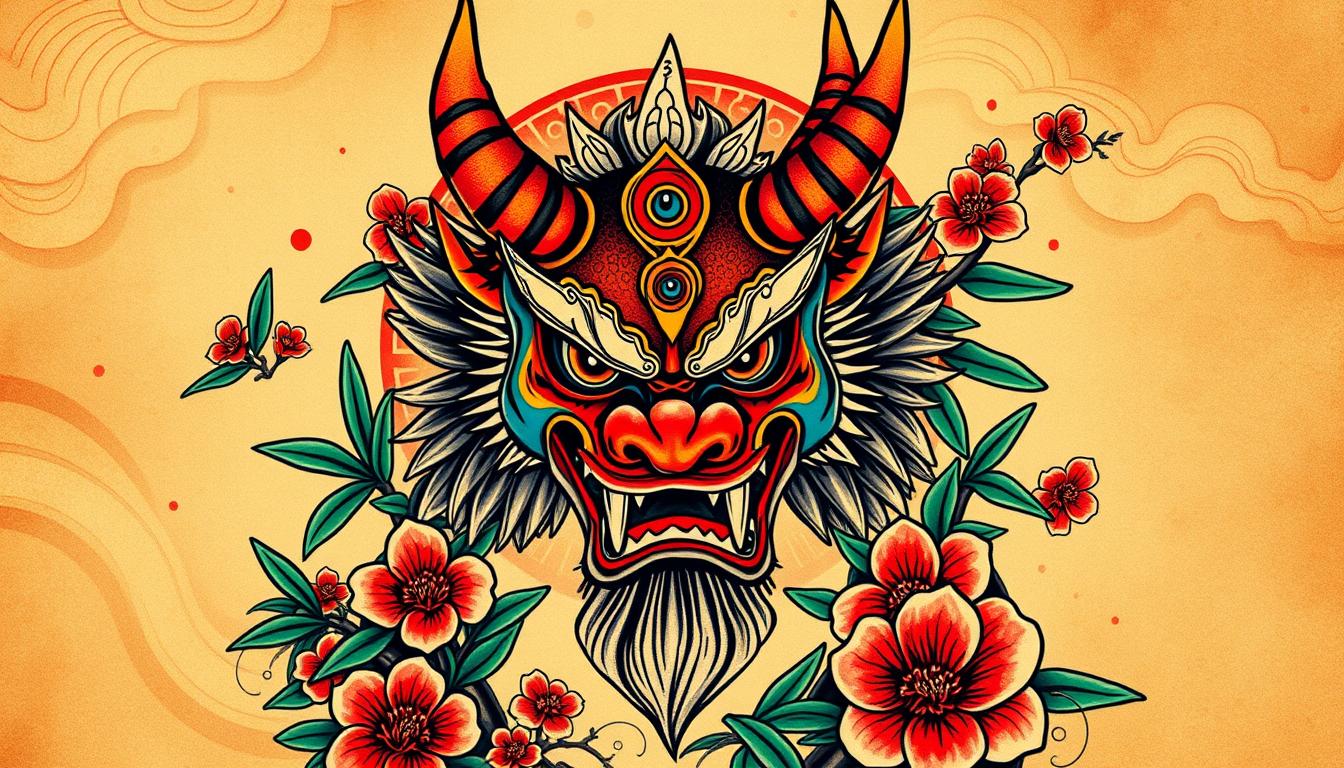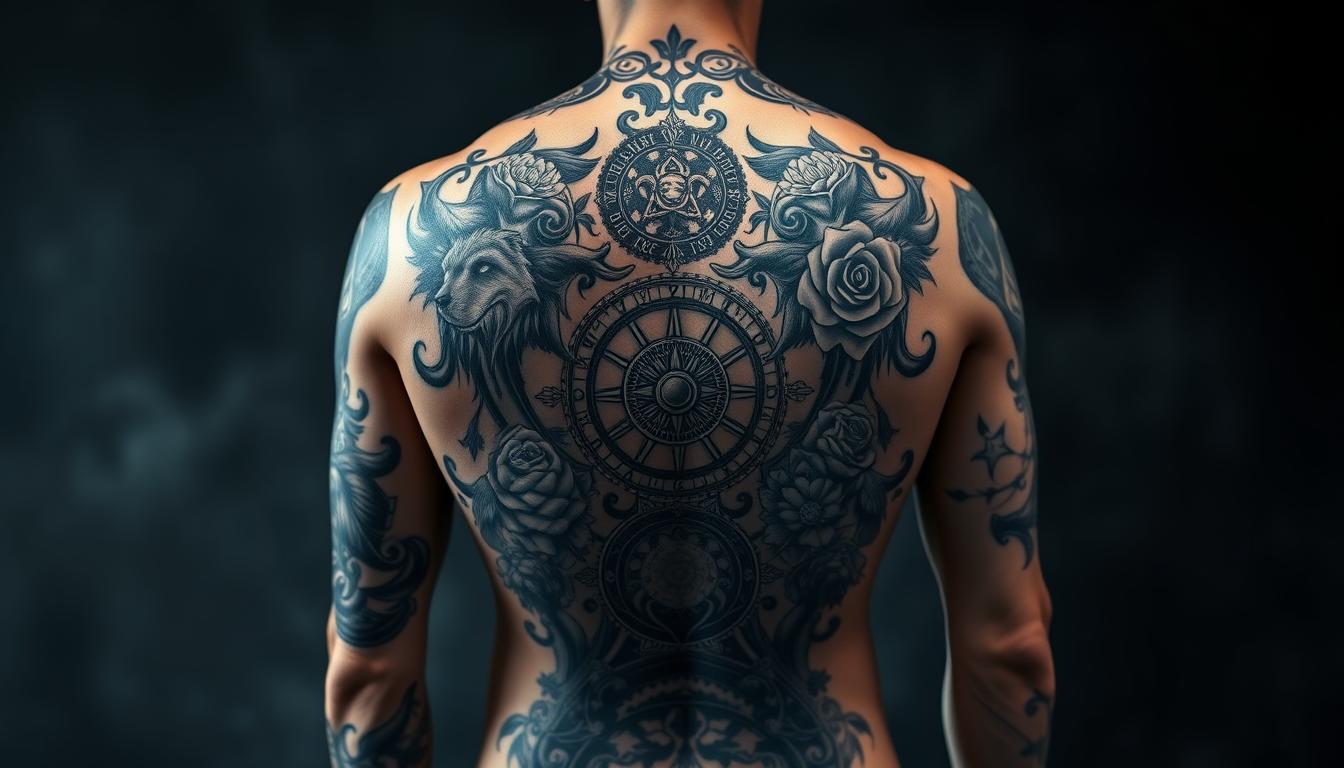Rose tattoos have long captivated people with their beauty and symbolism. This article explores the rich meanings behind rose tattoos, from their historical origins to color symbolism and popular combinations. We’ll delve into how roses represent love and passion, the significance of thorns, and tips for choosing the perfect rose tattoo. Whether you’re considering getting inked or simply curious about tattoo symbolism, this guide will help you understand the deep-rooted appeal of rose tattoos in both traditional and punk rock cultures.
Key Takeaways
- Rose tattoos have deep historical roots and diverse cultural meanings across civilizations
- Different rose colors symbolize various emotions, from love to mourning to friendship
- Combining roses with other symbols creates complex meanings in tattoo designs
- Thorns in rose tattoos represent resilience, protection, and life’s challenges
- Customizing rose tattoos involves personal symbolism, strategic placement, and collaboration with experienced artists
The Historical Origins of Rose Tattoos

Rose tattoos have a rich historical background, rooted in ancient symbolism and cultural traditions. From early uses in body art to their prominence in rock music, roses have been a popular tattoo motif. This section explores the ancient symbolism of roses, their early use in tattoos, and their significance across different cultures, including their connection to “The Rose Tattoo” and the phrase “signed and sealed in blood.”
Ancient Symbolism of Roses
Roses have held symbolic significance across cultures for millennia, influencing various forms of art, including tattoos. In ancient civilizations, the rose represented love, beauty, and spiritual purity. This symbolism carried over into tattoo art, where a black rose tattoo often signified death or mourning. The rose’s connection to love and passion also made it a popular choice for couples’ tattoos, sometimes incorporating a compass design to symbolize guidance in relationships. As tattoo culture evolved, the rose became a recurring motif in rock music, appearing in song lyrics and album art, further cementing its status as a timeless tattoo design.
Early Uses of Rose Imagery in Body Art
The early use of rose imagery in body art can be traced back to ancient civilizations. Sailors and soldiers in the 18th and 19th centuries popularized rose tattoos as symbols of love and devotion to those left behind. These early designs were often simple and stylized, reflecting the limitations of tattooing techniques at the time. As tattooing methods evolved, so did the complexity and realism of rose tattoos, leading to their widespread adoption across various subcultures:
- Ancient civilizations: Symbolic use in religious and cultural rituals
- 18th-19th century: Popularized by sailors and soldiers
- Early 20th century: Adoption by various subcultures
- Mid-20th century: Integration into mainstream tattoo culture
- Late 20th century to present: Increased diversity in styles and meanings
Roses in Different Cultural Traditions
Rose symbolism varies across cultures, influencing tattoo designs worldwide. In Western cultures, red roses often represent love and passion, while white roses symbolize purity and innocence. Eastern traditions associate roses with spiritual enlightenment, with the lotus-rose hybrid holding special significance in Buddhist art. Native American cultures view the rose as a symbol of protection, often incorporating it into dreamcatcher designs. These diverse cultural interpretations have contributed to the rich tapestry of meanings associated with rose tattoos, allowing individuals to choose designs that resonate with their personal beliefs and cultural heritage.
Color Meanings in Rose Tattoos

Rose tattoo colors carry distinct meanings, enhancing their symbolism. Red roses signify love and passion, while white represents purity and innocence. Black roses often symbolize death or rebirth, yellow roses denote friendship, and blue roses embody the pursuit of the impossible. Each color adds depth to the rose tattoo’s significance, allowing for personalized expression.
Red Roses and Their Significance
Red roses in tattoo art symbolize passionate love, desire, and deep emotional connections. This classic color choice resonates with many tattoo enthusiasts seeking to express romantic feelings or commemorate significant relationships. Tattoo artists often use shading and detailing techniques to capture the rich, velvety texture of red rose petals, creating visually striking designs that stand out on the skin.
White Roses Symbolizing Purity
White rose tattoos symbolize purity, innocence, and new beginnings. In tattoo art, these designs often feature delicate linework and subtle shading to capture the ethereal quality of white rose petals. Many individuals choose white rose tattoos to represent personal growth, spiritual awakening, or to commemorate significant life transitions.
Black Roses and Their Interpretations
Black rose tattoos carry deep symbolism, often representing death, mourning, or rebirth. In tattoo culture, these designs appeal to individuals seeking to express complex emotions or commemorate significant life changes. Tattoo artists frequently use shading techniques to create depth and texture, enhancing the visual impact of black rose designs. The interpretation of black rose tattoos can vary based on personal experiences and cultural backgrounds:
| Symbolism | Meaning |
|---|---|
| Death | Loss of a loved one or end of a significant phase |
| Mourning | Expression of grief or remembrance |
| Rebirth | New beginnings or personal transformation |
| Strength | Overcoming adversity or resilience |
Yellow Roses Representing Friendship
Yellow rose tattoos symbolize friendship and platonic love. Tattoo enthusiasts often choose this design to honor close friends or commemorate meaningful relationships. The vibrant color represents joy and warmth, making it a popular choice for those seeking to express their appreciation for companionship. Yellow rose tattoos can vary in style, from minimalist outlines to intricate, realistic designs, allowing individuals to personalize their tribute to friendship:
- Single yellow rose: Represents a specific friendship
- Bouquet of yellow roses: Symbolizes multiple friendships
- Yellow rose with thorns: Signifies the challenges in maintaining friendships
- Yellow rose intertwined with other colors: Represents different types of relationships
Blue Roses as Symbols of the Unattainable
Blue rose tattoos symbolize the pursuit of the impossible or unattainable. In nature, blue roses do not exist without genetic modification, making them a powerful metaphor for dreams, mysteries, and the extraordinary. Tattoo artists often use vibrant blue hues and intricate shading techniques to create these captivating designs, which appeal to individuals seeking to express their unique aspirations or commemorate their journey towards seemingly impossible goals.
Rose Tattoos Combined With Other Symbols

Rose tattoos often combine with other symbols to create complex meanings. This section explores popular combinations: roses with skulls representing life and death, rose and dagger tattoos illustrating duality, clock and rose designs symbolizing time, and rose-butterfly tattoos depicting transformation. Each pairing adds depth to the traditional rose symbolism, offering unique interpretations for tattoo enthusiasts.
Roses and Skulls: Life and Death Themes
Rose and skull tattoo combinations symbolize the delicate balance between life and death. This popular design juxtaposes the beauty and fragility of the rose with the stark reality of mortality represented by the skull. Tattoo artists often create intricate designs that blend these elements, using shading and color techniques to emphasize the contrast between the soft petals and the hard lines of the skull. The resulting artwork serves as a powerful reminder of life’s transient nature and the importance of embracing its beauty.
Rose and Dagger: Dual Meanings Explained
Rose and dagger tattoo combinations symbolize the duality of life, representing both beauty and pain. This design often depicts a rose intertwined with or pierced by a dagger, illustrating the coexistence of love and betrayal, pleasure and suffering. Tattoo artists use various techniques to create depth and contrast between the soft petals and the sharp blade, resulting in visually striking designs. The symbolism behind this combination resonates with many individuals who have experienced life’s complexities:
| Element | Symbolism |
|---|---|
| Rose | Love, beauty, passion |
| Dagger | Pain, betrayal, protection |
| Combination | Life’s duality, emotional complexity |
Clock and Rose Tattoos Signifying Time
Clock and rose tattoo combinations symbolize the passage of time and the ephemeral nature of beauty. These designs often feature a clock face intertwined with or surrounded by roses, representing the delicate balance between life’s fleeting moments and enduring love. Tattoo artists use various techniques to create depth and contrast between the mechanical precision of the clock and the organic beauty of the rose, resulting in visually striking artwork. This popular combination appeals to individuals who wish to commemorate significant life events or express their appreciation for the present moment.
Roses With Butterflies: Transformation Narratives
Rose and butterfly tattoo combinations symbolize transformation and personal growth. This design pairs the enduring beauty of roses with the metamorphosis represented by butterflies, creating a powerful narrative of change and rebirth. Tattoo artists often depict butterflies in various stages of development alongside blooming roses, emphasizing the journey of transformation. This popular combination appeals to individuals seeking to commemorate significant life changes or express their personal growth:
- Caterpillar stage: Beginning of transformation
- Chrysalis: Period of internal change
- Emerging butterfly: Rebirth and new beginnings
- Fully formed butterfly: Achieved personal growth
- Rose in various stages of bloom: Parallel journey of beauty and growth
The Rose as an Emblem of Love and Passion

Rose tattoos symbolize love and passion in various forms. This section explores romantic meanings in rose tattoos, their significance in mythology and literature, and personal love stories expressed through ink. These aspects contribute to the enduring popularity of rose tattoos as symbols of affection and devotion.
Romantic Meanings in Rose Tattoos
Rose tattoos have long been associated with romantic love, symbolizing deep affection and passion. The red rose, in particular, represents intense romantic feelings, often chosen by couples to commemorate their relationships. Tattoo artists frequently incorporate heart shapes or intertwining stems to enhance the romantic symbolism, creating designs that serve as permanent declarations of love.
Roses in Mythology and Literature
Roses have played a significant role in mythology and literature, often symbolizing love, beauty, and passion. In Greek mythology, the rose was associated with Aphrodite, the goddess of love, while in Roman literature, it represented secrecy and confidentiality. Many classic works, such as Shakespeare’s sonnets and plays, feature roses as metaphors for love and beauty, influencing tattoo designs that draw inspiration from these literary traditions.
Personal Stories of Love Expressed Through Tattoos
Rose tattoos often serve as personal expressions of love and devotion, with individuals choosing designs that reflect their unique relationships. Many couples opt for matching or complementary rose tattoos to symbolize their commitment, while others incorporate dates, names, or meaningful phrases into their designs. These personal love stories inked on skin serve as lasting reminders of significant relationships and emotional connections, transforming the classic rose symbol into a deeply personal emblem of affection.
Thorns and Their Symbolic Importance

Thorns in rose tattoos symbolize protection, resilience, and life’s challenges. This section explores how thorns represent overcoming obstacles, defensive themes, and the balance between beauty and pain in tattoo art. These elements add depth to rose tattoo designs, reflecting the complexities of human experiences.
Overcoming Obstacles Illustrated by Thorns
Thorns in rose tattoos symbolize the challenges one must overcome to achieve personal growth and success. These sharp protrusions represent life’s obstacles, reminding wearers of their resilience and strength. Tattoo artists often incorporate thorns into rose designs to create a visual metaphor for the idea that beauty and pain coexist, emphasizing the wearer’s ability to thrive despite adversity.
Protection and Defense Themes
Thorns in rose tattoos symbolize protection and defense, representing the wearer’s ability to guard against emotional or physical harm. Tattoo artists often incorporate pronounced thorns into rose designs to convey strength and resilience. This imagery resonates with individuals who have overcome adversity or seek to project a tough exterior. The protective symbolism of thorns in rose tattoos includes:
- Self-defense against emotional vulnerability
- Strength in the face of challenges
- Guarding one’s heart or personal boundaries
- Resilience against life’s hardships
- Warning to potential threats or adversaries
Balancing Beauty and Pain in Tattoo Art
Rose tattoos with thorns exemplify the delicate balance between beauty and pain in tattoo art. Skilled artists employ intricate shading and linework to contrast the soft, delicate petals with sharp, menacing thorns, creating visually striking designs that resonate with the complexities of human experience. This juxtaposition serves as a powerful metaphor for life’s dual nature, reminding wearers that growth often comes through adversity and that true beauty encompasses both pleasure and pain.
Choosing the Perfect Rose Tattoo

Selecting the perfect rose tattoo involves careful consideration of personal meaning, placement, and customization. This section explores how to reflect individual symbolism in design, factors to consider for tattoo placement, and collaborating with artists to create unique rose tattoos. These elements combine to ensure a meaningful and visually appealing tattoo that resonates with the wearer’s intentions.
Reflecting Personal Meaning in Design
Reflecting personal meaning in rose tattoo designs involves incorporating elements that resonate with the individual’s experiences, values, and aspirations. Tattoo enthusiasts often choose specific rose colors, styles, or additional symbols to create a unique design that holds personal significance. To achieve this, individuals should consider the following aspects when designing their rose tattoo:
- Color selection based on personal symbolism
- Incorporation of meaningful dates or initials
- Addition of complementary symbols or elements
- Choice of artistic style (realistic, traditional, or abstract)
- Size and placement to reflect personal preferences
Placement Considerations for Impact
The placement of a rose tattoo significantly impacts its visibility and meaning. Popular locations include the forearm, shoulder, back, and ankle, each offering different levels of exposure and pain during tattooing. Individuals should consider their pain tolerance, profession, and personal style when choosing placement. The size and intricacy of the design also influence placement decisions, with larger, more detailed roses requiring more space on the body. Here’s a comparison of common rose tattoo placements:
| Placement | Visibility | Pain Level | Size Suitability |
|---|---|---|---|
| Forearm | High | Moderate | Small to Medium |
| Shoulder | Moderate | Low | Medium to Large |
| Back | Low | Moderate | Large |
| Ankle | Low to Moderate | High | Small |
Working With Artists to Customize Symbolism
Collaborating with experienced tattoo artists enhances the customization of rose tattoo symbolism. Skilled artists can incorporate personal elements into the design, such as integrating meaningful dates, initials, or complementary symbols. They also offer valuable insights on color choices, shading techniques, and placement options that best convey the intended symbolism. This collaborative process ensures the final tattoo design aligns with the individual’s vision while benefiting from the artist’s expertise in creating visually striking and meaningful artwork.
Conclusion
Rose tattoos hold profound symbolism, representing love, beauty, and the complex duality of life. Their rich history and diverse cultural interpretations offer a wide range of meanings, from passionate romance to personal transformation. The combination of roses with other symbols, such as skulls, daggers, or butterflies, further enhances their significance, allowing individuals to create deeply personal and meaningful designs. By carefully considering color, placement, and customization options, those seeking rose tattoos can create powerful expressions of their experiences, values, and aspirations that resonate on a personal level.






